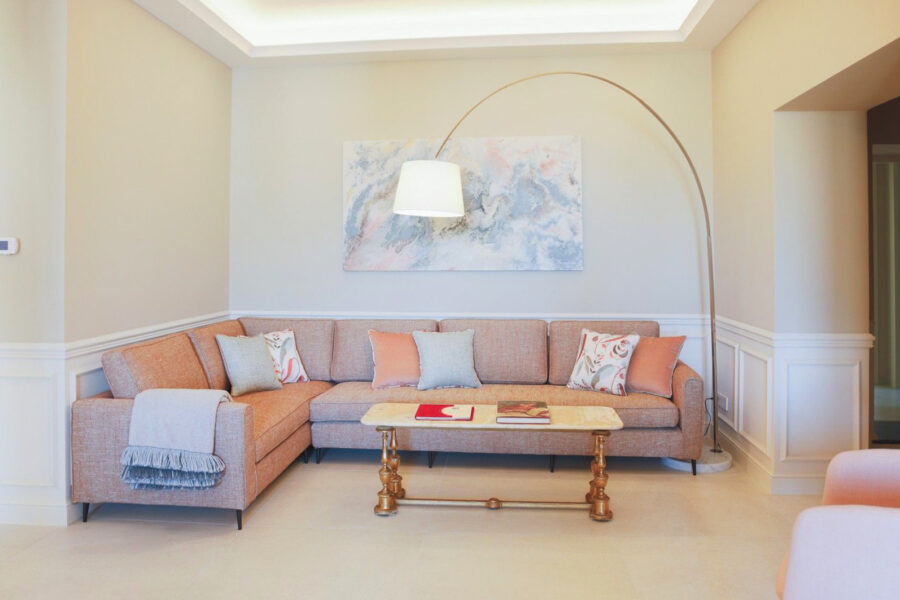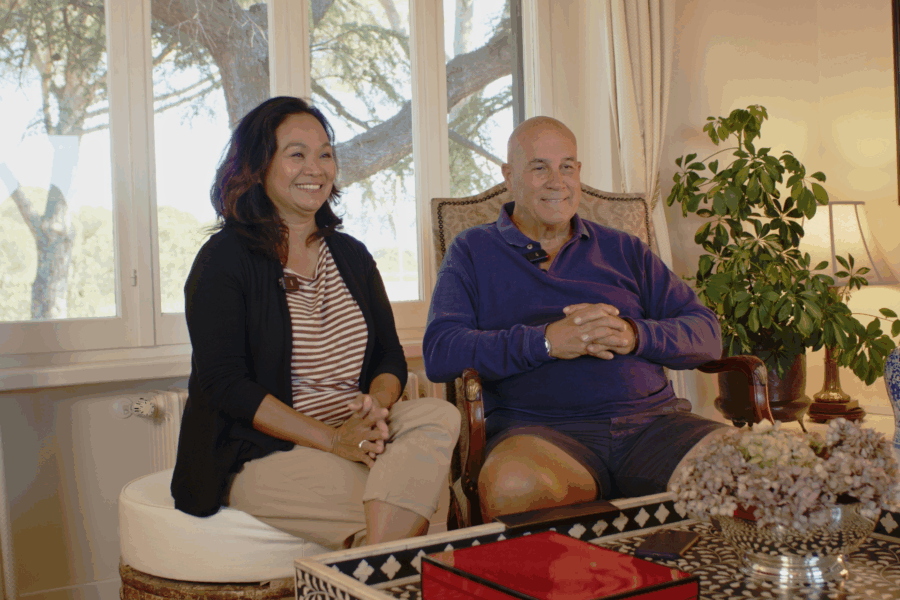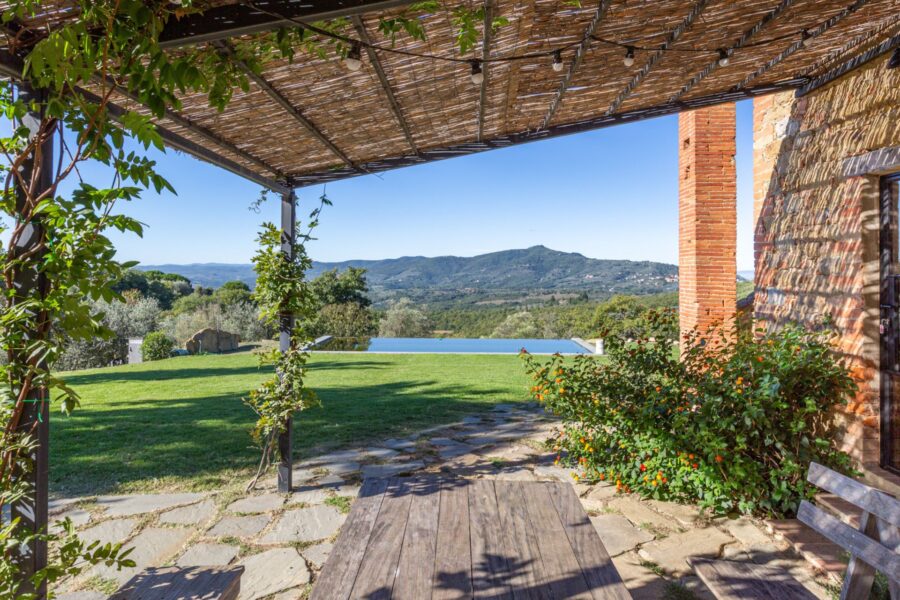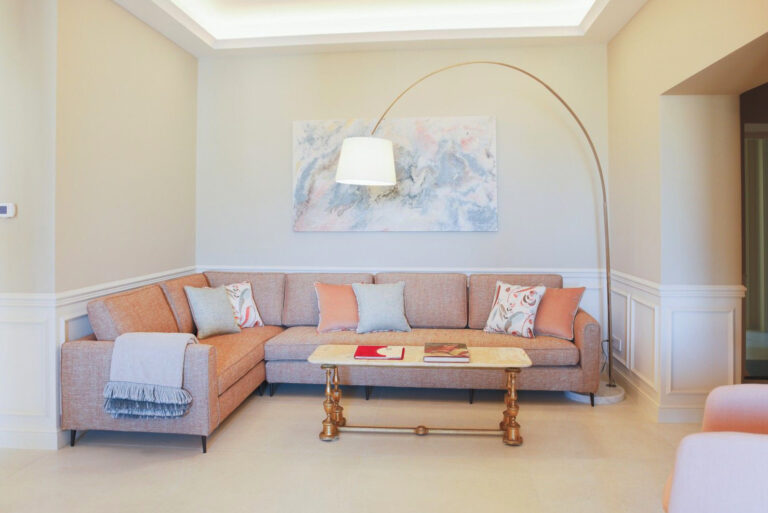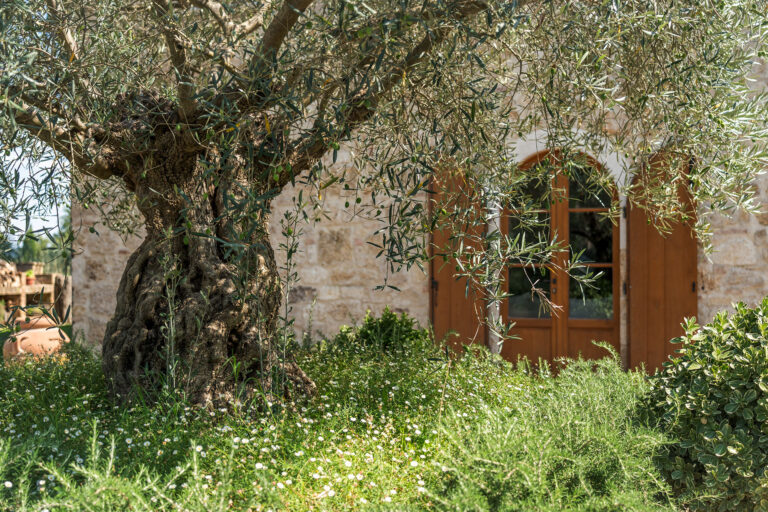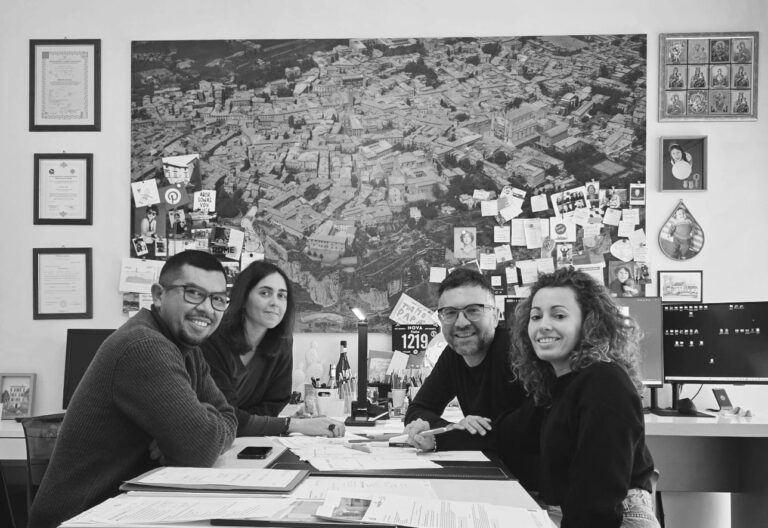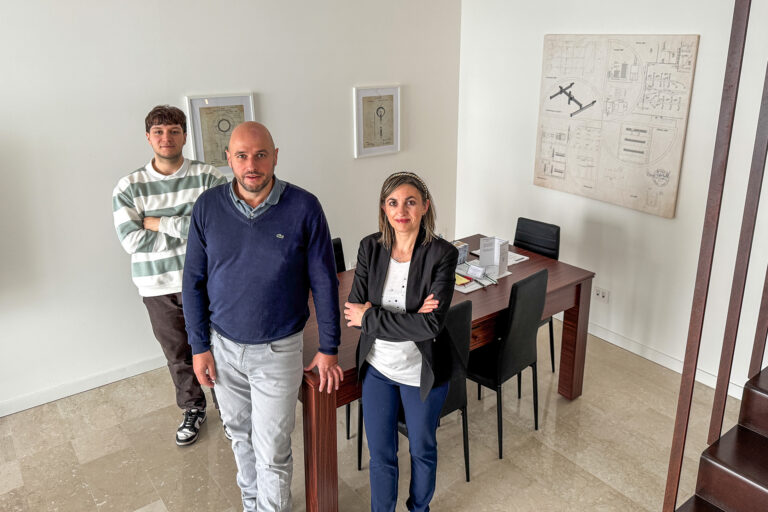An interesting guide to the basic steps to follow to renovate your home in complete tranquility, as well as some useful tips to avoid mistakes. By the Surveyor, Stefano Rocchini, service partner of the Great Estate group.
1- The preliminary phase of the project

Once your trusted technician has prepared the due diligence to verify the urban/cadastral and mortgage regularity of the property (to find out READ THE FIRST PART OF OUR VADEMECUM), the first step to be taken in the renovation consists in elaborating, together with your designer, a rough solution, so-called preliminary, concerning the aesthetic aspects as well as the optimization of both internal and external spaces, if any.
Subsequently, the same technician will draw up a so-called economic framework that provides, in a not yet detailed manner, the expenditure for all works, technical costs, municipal charges, costs for new utilities and taxes such as VAT. This document must necessarily provide for a percentage of unforeseen events which generally, based on the type of work, ranges from 5 to 15%.
2 – The definitive phase of the project
Once you have verified that the overall figure emerging from the economic picture falls within your budget, you can move on to the so-called definitive phase: the architectural, structural and plant engineering choices and the details regarding the final work will “take shape”, taking into account the regulations in force.
Furthermore, in this phase the technician will review and update the economic framework, which will become much more complex, with the definition of the actual metric calculations that will guide you in the economic verification of what you have chosen at the design level.
3 – The executive phase of the project
Having ascertained that the value emerging from the definitive economic framework falls within the spending budget and having obtained the authorizations for the works, we move on to the third phase, the so-called executive.
A very important phase in which the companies that will actually carry out the works are chosen: the construction company, the plumber, the electrician, the supplier company for the fixtures and, if there is an outdoor area or a terrace, the gardening company. Furthermore, nothing prevents the entire contract from being entrusted to a single lead contact person (usually the construction company which, within its organization, provides for the other figures).
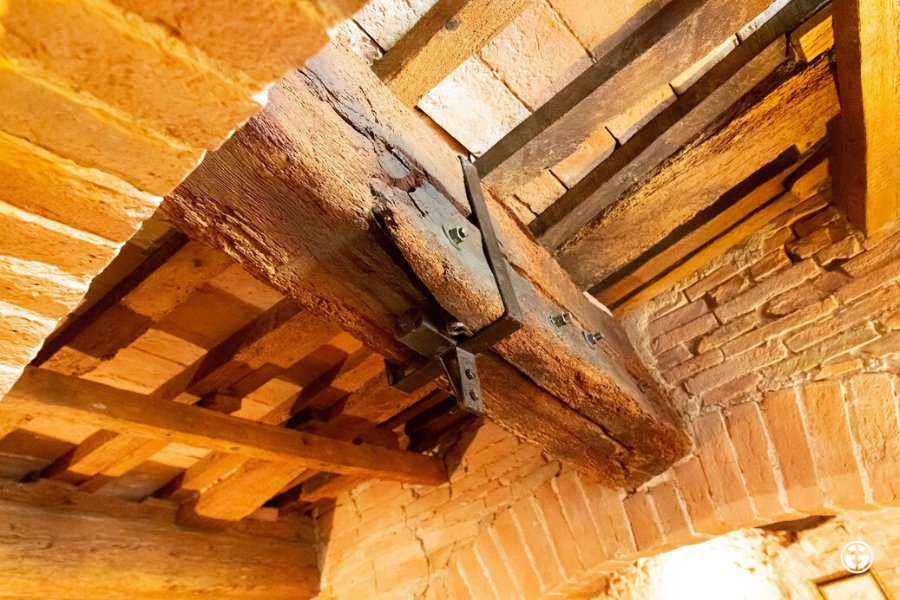
The criteria that guide this choice are not only economic, but also related to the skills demonstrated in similar works previously carried out and to the temporal availability coinciding with the predetermined delivery times.
While waiting for the selected companies to draw up the offers and return them to the owner, the technicians will elaborate the detailed executive projects and the safety design on site (so-called P.S.C. or safety and coordination plan). This is a mandatory requirement in the presence, even if not simultaneously, of two or more companies, and is essential for the good organization of the construction site and for the safety of workers.
When all the offers have been returned, the owner, together with the designers, will choose the companies that will form the working group. A contract will be signed with each of the selected companies, in which to establish payments, timing, penalties and conditions on the execution of the works.
4 – The construction phase on site
This is the phase in which the works are materially started, always starting with the removal and demolition interventions, continuing with those of a structural nature, then the plant engineering ones and, finally, with interventions on interiors and finishes.
Among the most important interventions of a renovation are the thermal-acoustic insulation works (external or internal walls, roof or attic, etc.), essential to ensure excellent living comfort and an important, but currently essential, energy saving.
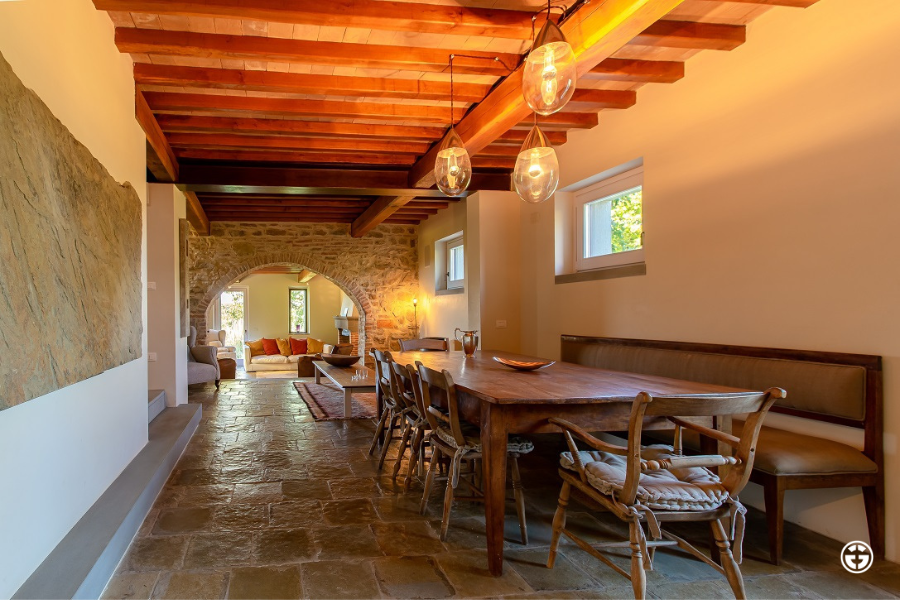
Once the structural and masonry components have been completed, we move on to the construction and/or compliance of the systems and the sewer network, as well as the installation of the boiler and radiators.
Upon completion of the work, the internal and external fixtures will be installed and the painting and/or treatments of the internal and external walls will be carried out.
5 – The technical phase of the construction site
During the course of the work on site, your trusted designer usually plays the role of construction manager: in addition to taking on the role of public official towards the administrations, ensuring compliance with building, urban, structural and plant engineering regulations, they will be the one which will represent the property during the works, protecting it from any discrepancies, delays, erroneous and non-compliant works that the companies may perform.
The construction manager is also entrusted with the task of accounting for the works, verifying, in progress, the amount reached by them and ratifying with special certificates the sums that the property will have to pay to the company, as established in the contract.
Once the works have been completed, the construction manager draws up a certificate of regular execution, in addition to the communication of the completion of the works to the interested bodies and the certification of the building’s practicability.
The last things to do
You are now close to the goal! Everything went well…you managed to respect the budget initially established and, indeed, with the discounts made by the companies, a good amount remained to give free rein to your passion for furnishing spaces!
It’s time to choose furniture, fabrics, materials and lighting fixtures, thinking of your home as a story to tell, from the entrance to the last room: a designer or interior decorator will be able to guide you in choosing the products, indicating those most suited to your style and habits.
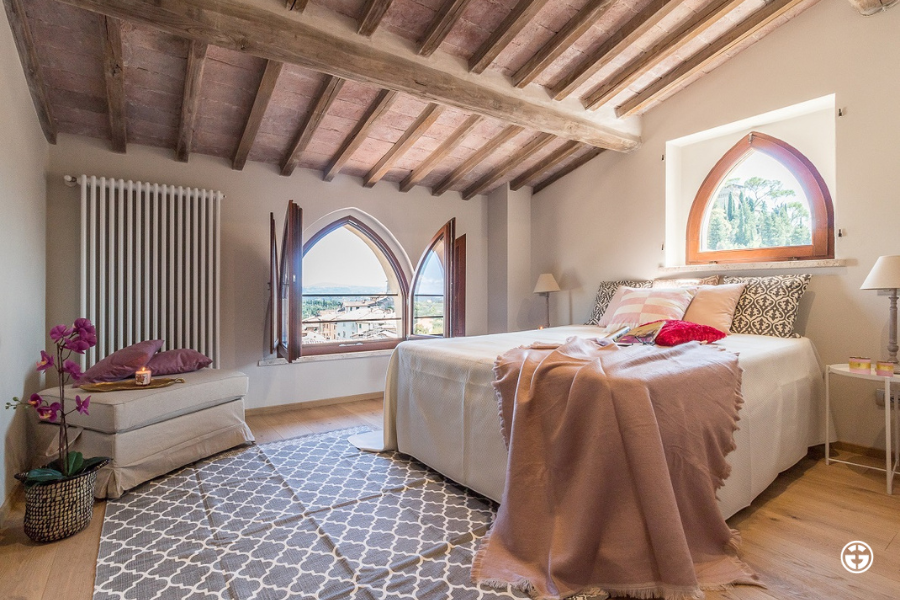
Finally, all that remains is to take care of the arrangement of the garden and/or the terrace: in this case a landscape architect or, alternatively, the garden centers, will be able to provide you with advice, ideas and interesting ideas to make your outdoor spaces beautiful and livable all year round, also devising virtuous furnishing solutions.
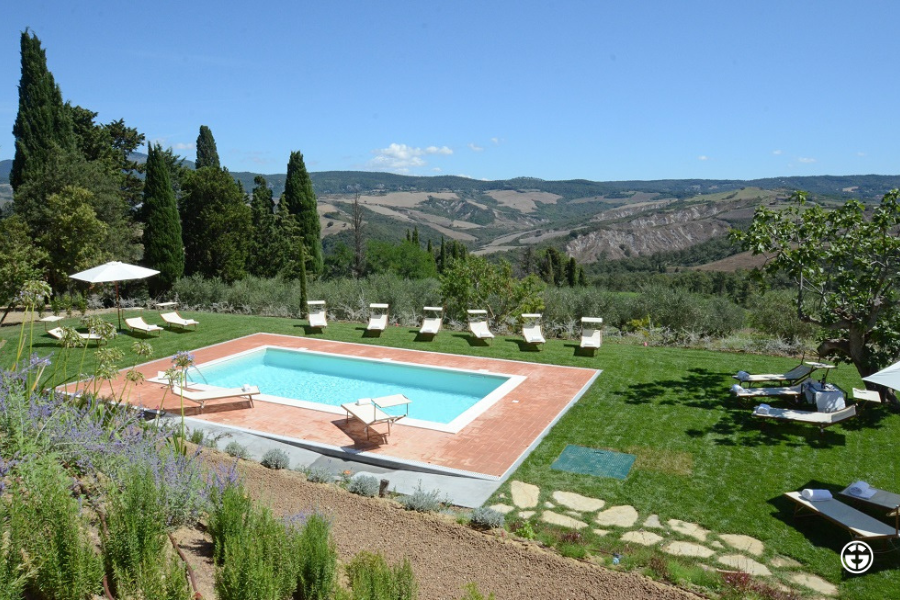
This article is meant to represent a short guide for all those property owners who want to embark on this wonderful and exciting experience of industriousness and life.
Great Synergy: la rete di aziende e professionisti di fiducia per realizzare i tuoi progetti immobiliari
Oltre ai servizi di intermediazione immobiliare offerti da Great Estate, grazie a Great Synergy puoi ottenere tutto ciò di cui puoi avere bisogno per gestire, mettere a reddito o personalizzare la tua proprietà di prestigio.
WE RECOMMEND YOU TO READ ALSO:


